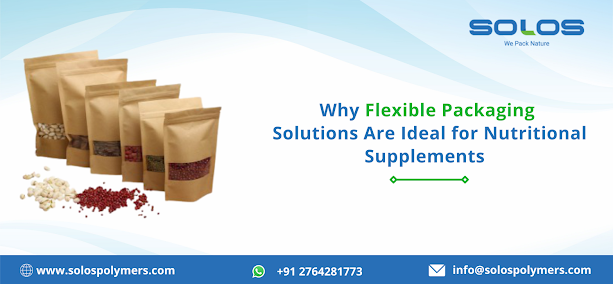Why Flexible Packaging Solutions Are Ideal for Nutritional Supplements

Nutritional or dietary supplements are available in various forms like tablets, capsules, gummies, powders, drinks, and energy bars. Since these supplements contain extracts to compensate for the dietary deficiency of vital nutrients, it is important to package them such that the potency of the ingredients is retained throughout the shelf-life. Traditionally nutritional supplements were packaged in rigid packaging like bottles and canisters. However, with product forms evolving, the way these are presented to the end customers have changed drastically. At present, the preferred mode to package nutritional supplements is flexible packaging including, stand-up pouches with a no-spill spout or re-sealable zipper, sachets with easy-tear notches, barrier packs, and so on. Here’s why flexible packaging solutions are ideal for nutritional supplements. Easy to handle: – Flexible packaging makes the products easy to handle during the journey from the manufacturer to the retail stor
